READY TO GET STARTED?
REQUEST A FREE ESTIMATE
Fill out the form below or call (888) 466-7849 for a free, no-obligation estimate.
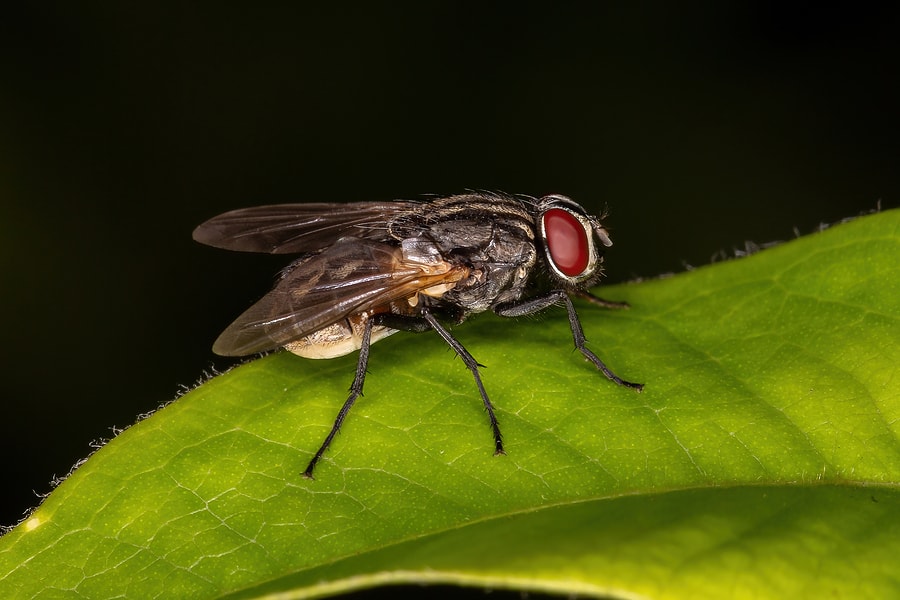
One thing we look forward to in the summer is warmer weather which lets us spend more time outdoors. Unfortunately for some, this also means summer pests come out full force to ruin your outdoor plans. Some of the most common summer pests are flies, ants, mosquitoes, roaches, gnats, ticks, rodents, and stinging insects like wasps and hornets.
There are five major reasons these pests become more prominent in the summer months. The first is temperature. The temperature outside can affect both the behavior and development of pests. Many of these creatures favor the warmer temps, increasing their activity. Other pests, however, will make their way into your home in an effort to escape the heat. Moisture also contributes to pests invading in the summer. Most pests need water to survive and will thrive in moist environments. The increased humidity and summer rain showers provide ideal conditions for pests to thrive during this season. During times of drought, they will make their way indoors in search of water.
Summer also means longer days and shorter nights. More daylight means more time for pests to stay active in their search for food. Food is another motivator for summer pest activity. Grass and other vegetation grows in abundance in the summer months, providing a literal feast for many pests. This also provides them with an ideal place to hide out. Finally, for many pests summer is one of the busiest seasons of their life cycle. They reproduce at a rapid rate during these months in order to grow their populations before the slow down of the winter months. Many also go in search of food to store away for their upcoming winter hibernation or brumation.
Summer pests don’t have to ruin your good times. Here are some Dos and Don’ts of summer pest control.
If you have a problem with pests this summer, contact your local pest control company who can evaluate your home, identify the type of pest you are dealing with, find how and where they are getting into your home, and provide you with the best treatment and prevention plan for your situation.
Watch Out for These Stinging Pests
Mosquito Control For Warmer Weather
The Summer Big Three: Roaches, Mosquitoes, & Termites
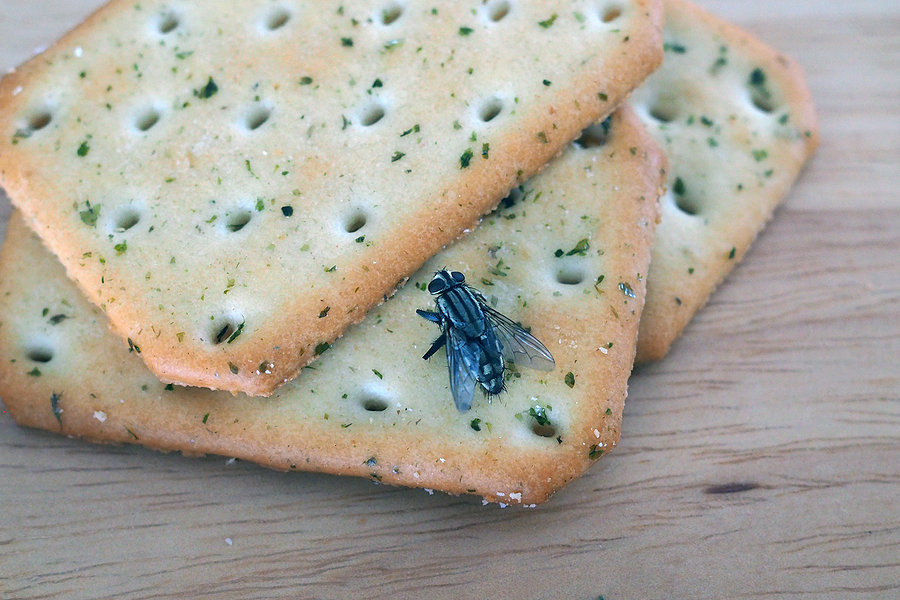
Flies can be considered a huge annoyance, whether you’re outside or inside the home. These pests seem to constantly find their way back to irritate you after you’ve already swatted them away a thousand times! It’s important to know that while at a glance flies can look the same, there are actually different types, each with their own set of characteristics.
House Fly
The house fly is the most common type of fly that is easily identifiable and can be found widespread throughout the United States. These pests are gray with four black stripes on their thorax with slightly hairy bodies. The house fly has red eyes that contain thousands of individual lenses that give them a wider vision. Since house flies do not have teeth or a stinger, these insects feed only off liquids found from human food, animal carcasses, and garbage.
While house flies will not sting humans, they can transfer more than 100 different pathogens including salmonellosis, typhoid, and tuberculosis. They can also contaminate food surfaces by spreading diseases picked up on their legs and mouths when feeding on any trash or feces.
Fruit Fly
Known for their ability to rapidly reproduce, fruit flies can be found indoors year-round. These insects have an oval-shaped body with six legs and antennae on their heads. These flies are attracted to and eat rotting food; more specifically they tend to gravitate towards fruits and vegetables. Fruit flies are also attracted to and will breed in dark, moist areas like drains, garbage disposals, and trashcans. They can also lay around 500 eggs that can hatch in as little as 24 hours.
While these insects won’t bite or sting, like house flies they too can contaminate foods with dangerous bacteria and disease-causing pathogens.
Horsefly
Horseflies are commonly found in both suburban and rural areas, usually near bodies of water that they use for breeding. These insects have large eyes with horizontal stripes along with their bodies. These flies are exceptionally good at flying and can travel more than 30 miles without stopping. They are most active during sunny, hot days and will typically rest on paths and roads, especially in wooded areas where they wait for potential hosts.
While male horseflies do not consume blood, female horseflies do. Female horsefly bites are rather painful since their mouthparts are used for cutting open flesh instead of sucking blood like mosquitoes. These bites are also known to cause an allergic reaction.
If you have an infestation of any species of fly, contact a professional pest control company who can provide you with the appropriate treatment and prevention plan.
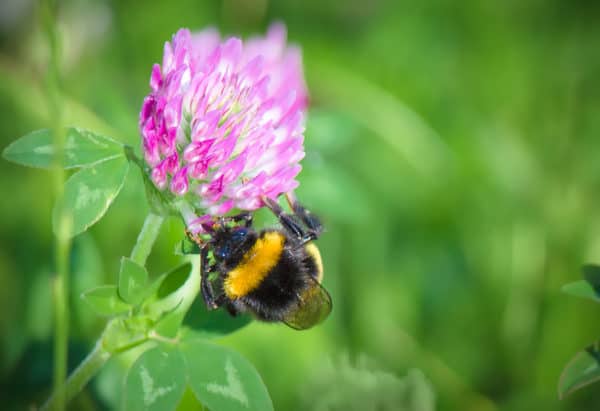
A household pest is any undesired animal that has a history of living, invading, causing damage to, eating food from, acting as a disease vector for, or causing any other harm to a human habitat. While most are considered a nuisance, household pests become dangerous when they pose a risk to health, property, or lifestyle. Household pests aren’t just limited to insects; they also include arachnids, rodents, and wildlife.
While household pests can be found year-round, some are more common in the summer months. Here are 8 of the most common summer household pests and how you can prevent them.
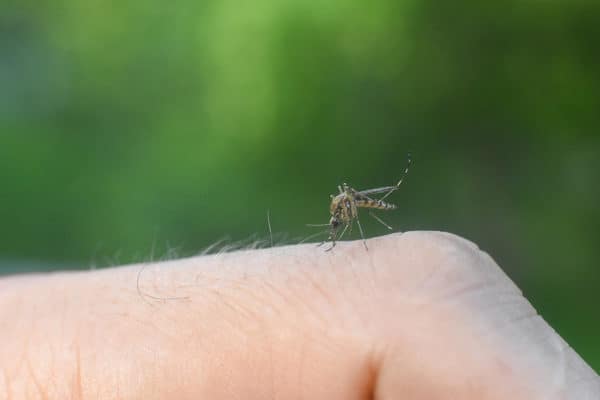
Mosquito season peaks in the summer months. The warm weather and humid environments accelerate their life cycle so they are able to reproduce in large numbers during this time. You are most likely to see mosquitoes when you have standing water on your property. Mosquitoes lay eggs in standing water and the hot, humid climate in summer is ideal for both breeding and to find food sources. Mosquitoes are dangerous to humans as they carry pathogens that can cause serious diseases like Zika and West Nile virus.
Mosquitoes can be prevented by:
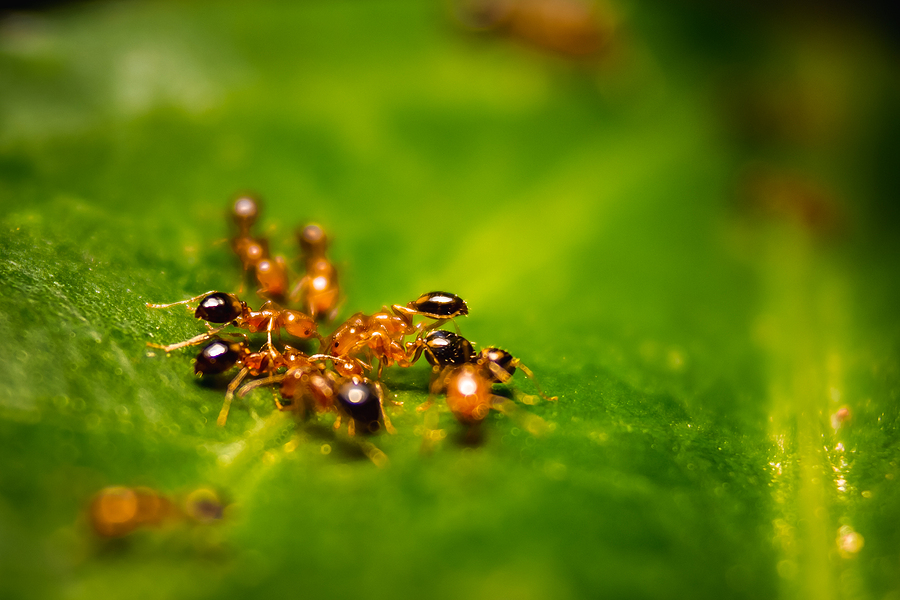
Ants hibernate in the winter and come out in full force over the summer. They have to forage in the summer months to feed their growing colonies and to build up their reserves for fall. Ants are usually seen indoors in the summer because they are searching for food and water as these can become scarce for them.
Ants can be prevented by:
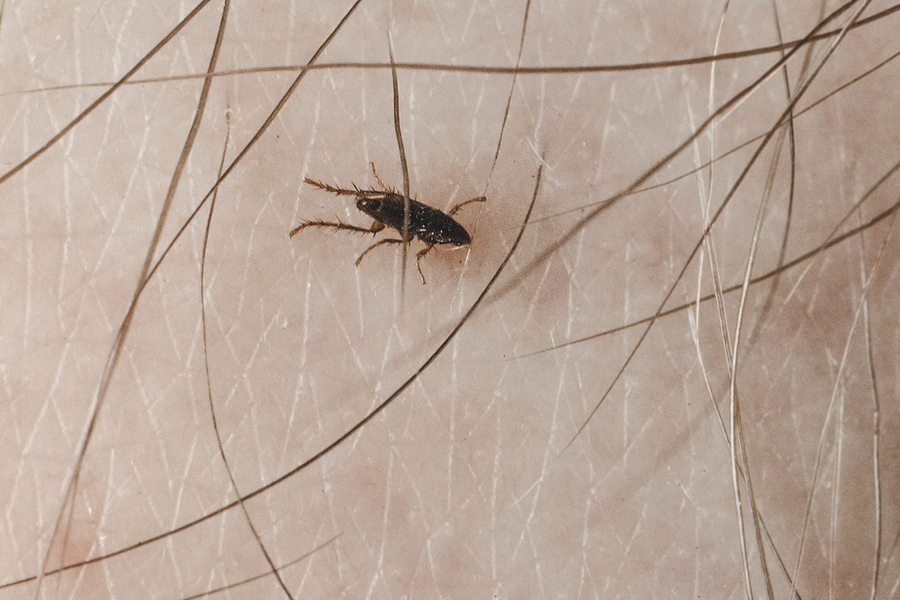
Fleas are prevalent in the summer months, although they can be found on pets year-round. Pets will indicate the presence of fleas by scratching and biting when they come in from outdoors.
Fleas can be prevented by:
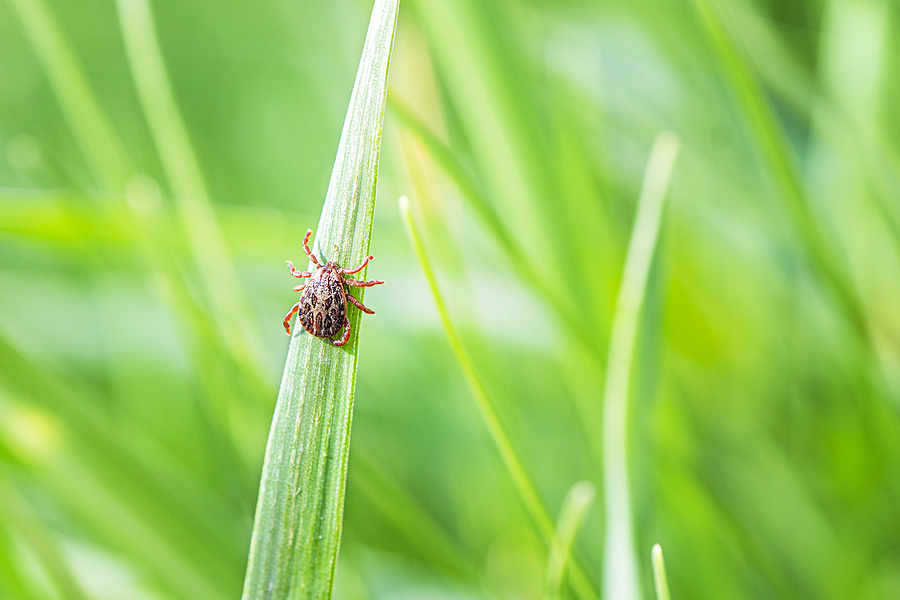
Ticks are problematic to humans and pets because they spread diseases like Lyme disease and Rocky Mountain spotted fever. Tick bites increase in the summer because people and animals are spending more time outside. The US is also seeing an increase in ticks because of the combination of mild winters and an increased population of deer and rodents which are known to carry ticks.
Ticks can be prevented by:
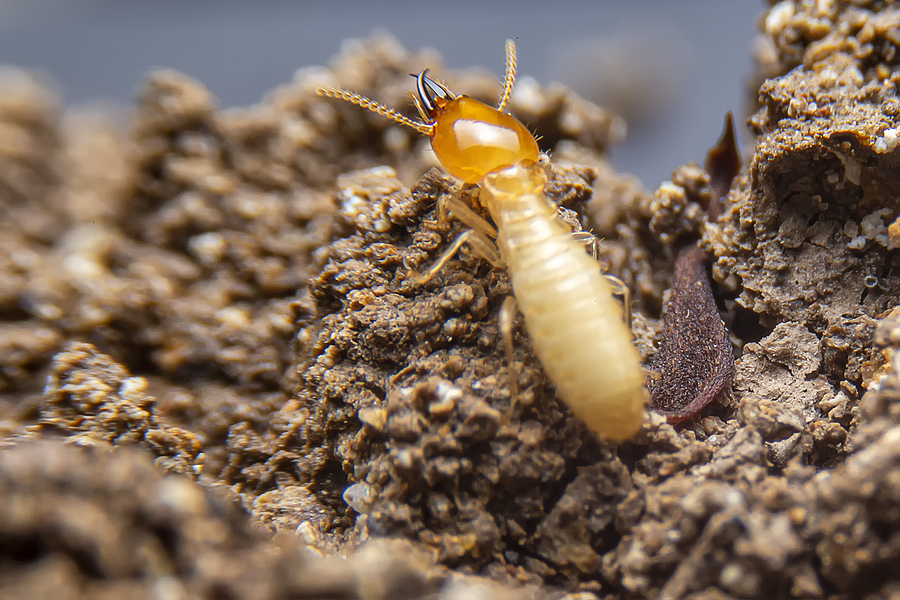
Termite swarming season is in the spring but these newly established colonies grow exponentially in the summer. Termites can go long periods of time undetected, causing significant damage to your home. It is important to keep an eye out for signs of termites so you can catch them early.
Termites can be prevented by:
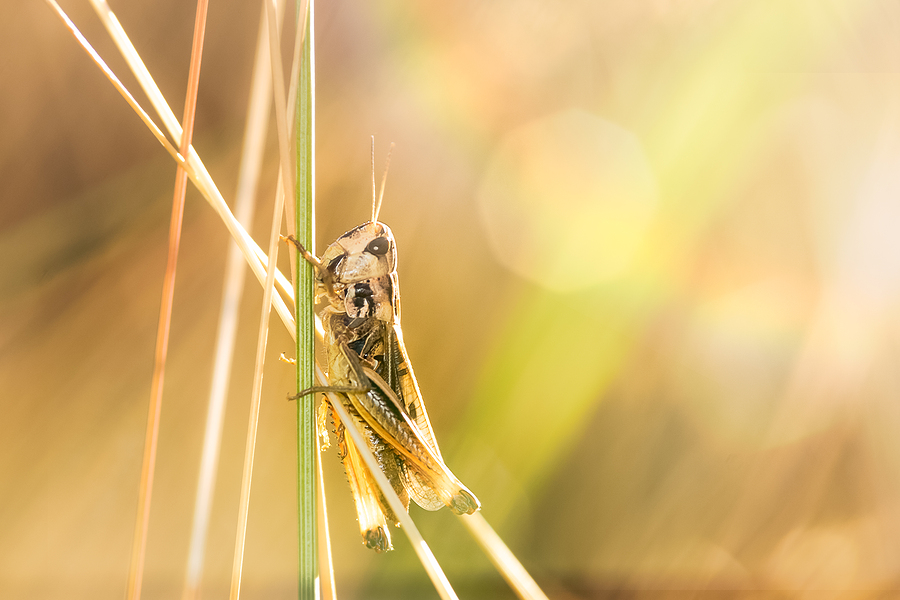
While most people view grasshoppers as just a nuisance pest, they can be devastating to gardeners and farmers. Grasshoppers can devour an entire field of crops in just a few days. Grasshoppers surge in large numbers in the summer months and are most prevalent in dry, hot summers. Grasshoppers can also cause damage to non-farmers as these are one of the only pests that can chew through screens.
Grasshoppers can be prevented by:
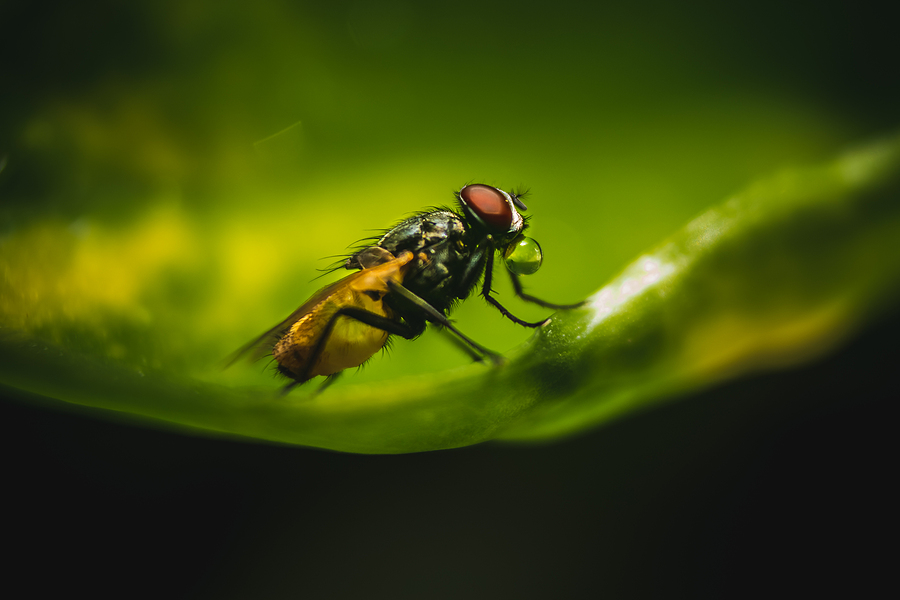
Flies invade your home in the summer months to escape the heat. They only reproduce during the hotter months and reproduce even more prolifically when they get indoors. Flies will stick around well into the fall months.
Flies can be prevented by:
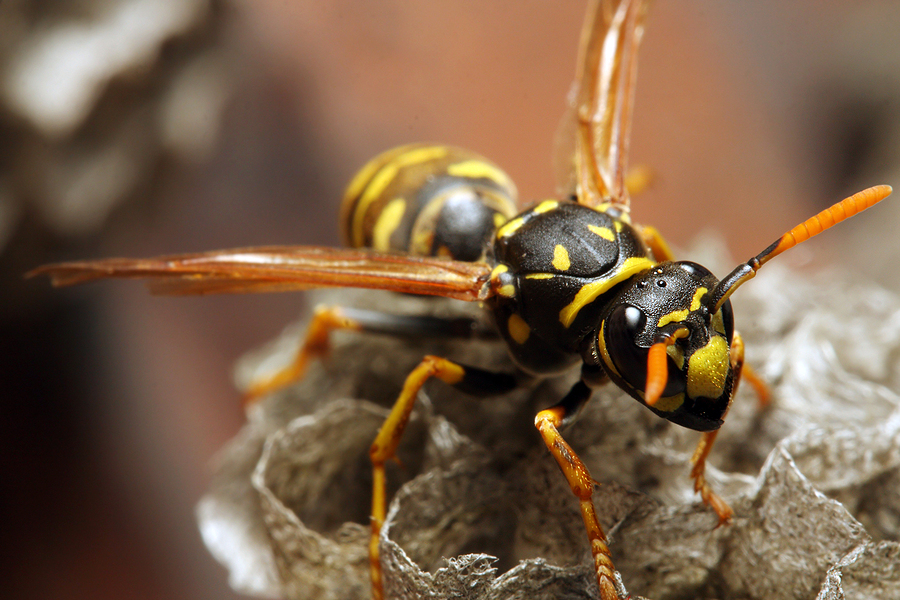
Stinging insects mate in the spring and their populations grow during the summer months. Hornets and yellow jackets are especially common in the summer because they have to establish new nests each year. These are usually found under decking or under piles of leaves. These stinging insects are potentially dangerous for people with allergies. Yellow jackets and bees can also get into the walls of homes, causing significant damage.
Stinging insects can be prevented by:
Don’t let these common summer pests ruin your summer. If you have a problem with any of these pests, contact a professional pest control company who can help eliminate them safely and prevent them going forward.
Termites: How to Stop Their Damage

While most of us look forward to the holidays that come with the onset of winter, many of us don’t look forward to the snow, ice, and freezing temperatures that also come along with it. Pests feel the same way we do about cold weather and have developed several different methods to survive these frigid temperatures. So where do pests go in the winter? As much as we’d like to believe they just disappear until spring, unfortunately this isn’t the case. Pests have developed 3 major ways to survive winter:
Migration is the seasonal movement from one region to another. Just like humans, pests want to go where it’s warmer when the weather gets cold. Some pests will move to southern regions to escape the cold and return to the northern areas when the weather starts to warm. One of the most well known examples of migration is the monarch butterfly.
Hibernation is a period of time spent in a dormant state in order to survive the unfavorable conditions of winter. Bears aren’t the only animals that hibernate during the winter! Ladybugs hibernate at high elevations. Wasps seek shelter in eaves and attics of houses or barns to hibernate. Many other pests hibernate in trees, leaf debris, under logs, and under rocks. Honeybees stay in hives during the winter and form clusters when the temperatures start to fall.
Overwintering is the process in which pests pass through or wait out the winter season in sites that provide protection from the cold winter temperatures. Ladybugs, box elders, and stinkbugs overwinter in secluded, sheltered places like your home. These pests tend to congregate in large numbers so if they overwinter in your home they could infest in large numbers. Pests like rodents, cockroaches, spiders and flies remain active during the winter in our homes. They move indoors in search of warmth and food. Spiders are relatively harmless but flies can contaminate food and surfaces. Rodents can not only contaminate your food and insulation but can also chew through wood causing structural damage and chew through wires putting your home at risk of fire and other issues.
Now that you know where pests go in the winter you can help get your home ready to prevent these overwintering pests from invading your space. If you suspect you have a winter pest problem contact a professional who can help identify the pests and help you develop a treatment and prevention plan.
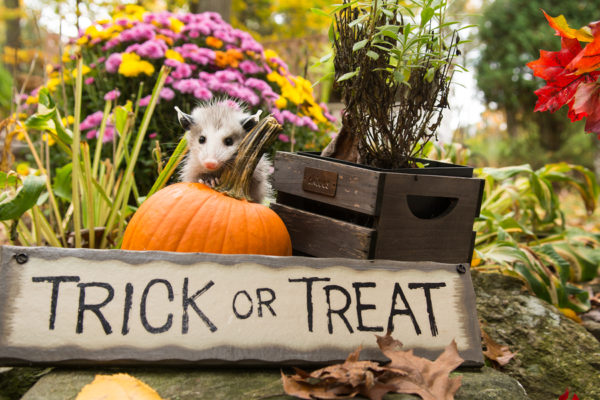
Fall is the perfect time of year to prepare your home for winter. While prepping your yard and storing away your summer things are usually at the top of the list, don’t forget to protect your home from pests this winter also! Fall is prime time for pests to make their way into your house in search of food, shelter, and warmth over the cold winter months.
Rodents will make their way indoors in search of a warm place to shelter for winter. Flies will often be found on the south and west facing walls of your home in search heat. Many stinging insects like yellow jackets, bees, and wasps will become more hostile in the fall as their food supply dwindles. Cockroaches are attracted by the moisture found in and under your home. Other pests like ants, stinkbugs, ladybugs, and box elders will come inside looking for a place to overwinter.
Now that you know what kinds of pests to expect this fall, what can you do to protect your home from these often unseen invaders? Check out these 6 tips to prevent pests this fall.